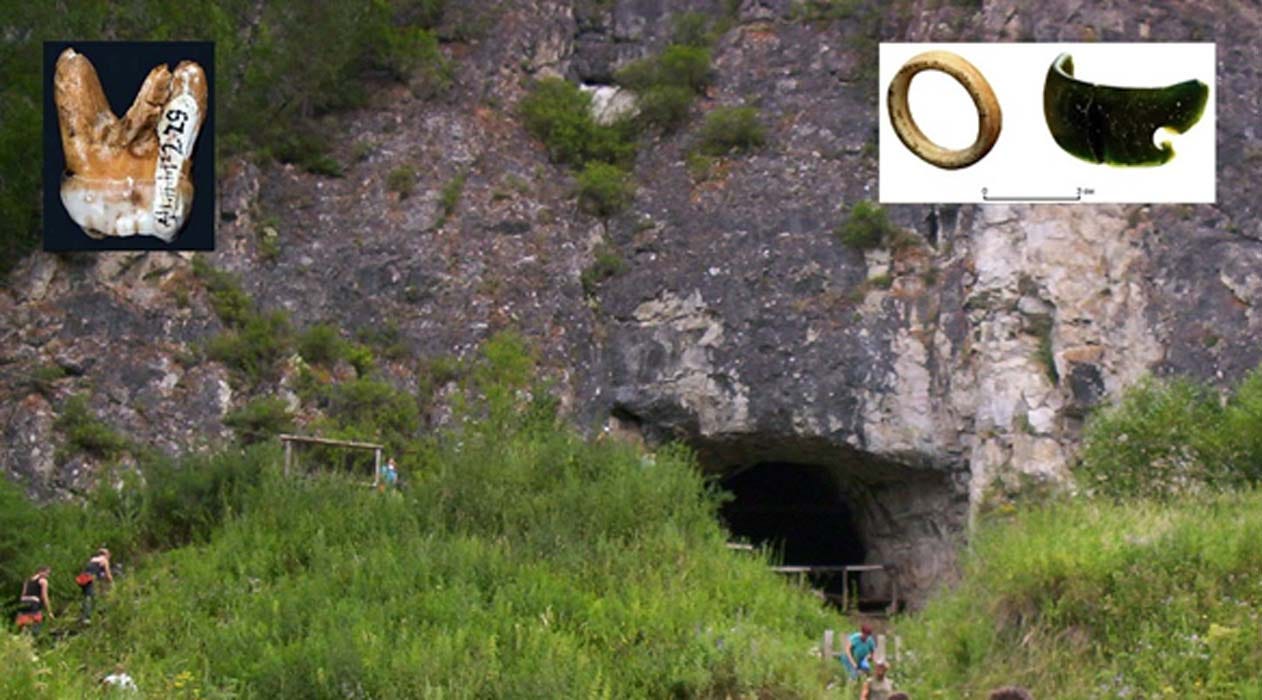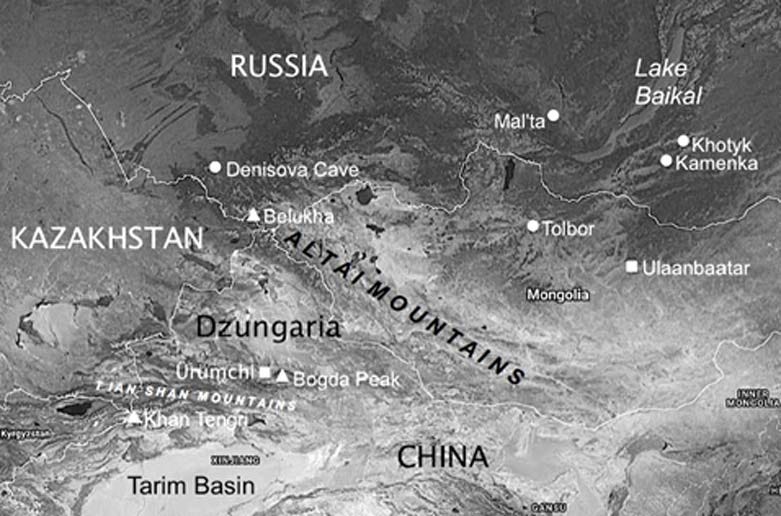The Lost Legacy of the Super Intelligent Denisovans Who Calculated Cygnocentric-based Cosmological Alignments 45,000 Years Ago

A chance discovery by archaeologists in 2008 of a finger phalanx of an archaic human found in the Denisova Cave in the Altai Mountains of southern Siberia has helped change everything we know about the origins of civilization. The sequencing of the bone’s genome in 2010 showed that it belonged to an extinct type of hominin. This previously unknown human population are today known as the Denisovans (pronounced Denis-ô-vans or, more commonly, Denis-o-vans) in honor of the cave in which the finger bone was found.

Robust Individuals
Since that time the Denisova Cave (named after a hermit called Denis who lived there in the 18th century) has produced further evidence of Denisovan occupation between 100,000 and 40,000 years ago. It comes from the discovery of three molars, two from adults and one from an adolescent. All are extremely robust, suggesting that at least some Denisovans were of exceptional size and height.
Denisovan Ancestry
In addition to this, up to 5 to 6 percent Denisovan DNA has been traced in modern human populations from Central Asia in the west across to East Asia, South Asia, Melanesia and Australia in the east. It is present also among the Yi or Lolo peoples of China, Vietnam and Thailand, and the indigenous Sherpa populations of the Tibetan Plateau. Denisovan DNA is even present among the First Peoples of both North and South America, opening up all sorts of possibilities concerning the migration of Denisovan hybrid groups into the Americas during the Upper Paleolithic age, circa 40000 to 9600 BC (a matter explored by Dr Greg Little and the present author in the book Path of Souls (2014).

